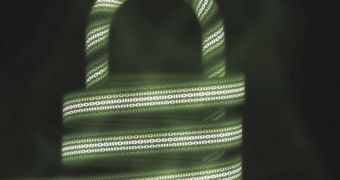While personal storage devices can be secured in various ways, the cloud cannot implement the same data protection features, so a team from the University of Vienna figured it was time to find a way to protect user data even when stored in the cloud.
The solution they developed relies on the principles of quantum mechanics and can supposedly encrypt the data.
Basically, a quantum computer can use “blind quantum computing”, essentially preventing the system from knowing what the data is even as it processes it.
The claim is that the data can be “totally secure” even while stored on an online server, though it stands to reason that there probably is a way for hackers to bypass even this.
That said, the good news is that the “blind quantum computing” is already past the theoretical stage: entangled photons are already used in commercial security solutions, for sending data via fiber optic cables.
“Researchers have succeeded in combining the power of quantum computing with the security of quantum cryptography and have shown that perfectly secure cloud computing can be achieved using the principles of quantum mechanics,” says the opening statement.
“They have performed an experimental demonstration of quantum computation in which the input, the data processing, and the output remain unknown to the quantum computer.”
The experiments were carried out by researchers from the Vienna Center for Quantum Science and Technology (VCQ) at the University of Vienna and the Institute for Quantum Optics and Quantum Information (IQOQI).
“The process works in the following manner. The user prepares qubits – the fundamental units of quantum computers – in a state known only to himself and sends these qubits to the quantum computer. The quantum computer entangles the qubits according to a standard scheme,” says the press release.
“The actual computation is measurement-based: the processing of quantum information is implemented by simple measurements on qubits. The user tailors measurement instructions to the particular state of each qubit and sends them to the quantum server. Finally, the results of the computation are sent back to the user who can interpret and utilize the results of the computation. Even if the quantum computer or an eavesdropper tries to read the qubits, they gain no useful information, without knowing the initial state; they are 'blind.'”

 14 DAY TRIAL //
14 DAY TRIAL // 
